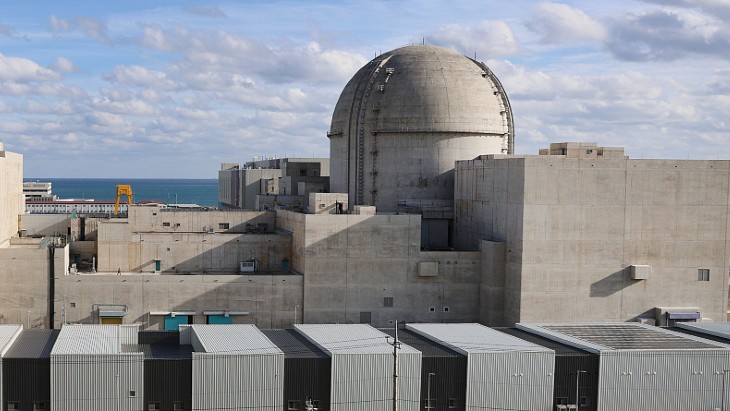ANSTO said it was "adding to its world-class facilities by expanding its deep technology Innovation Precinct to support Australian science, technology, innovation, and the smart jobs of tomorrow".
As part of the ANSTO Innovation Precinct expansion plan, co-location opportunities are being made available for universities, startups, and businesses, to design and build their own fit-for-purpose office, laboratory, manufacturing, or warehouse facilities. As such, some aging infrastructure onsite will be removed to accommodate this development.
The project involves the removal of general solid and building waste, and some mineral sands which are naturally-occurring radioactive material (NORM). Monazites sands, known as 'mineral sands', were brought to Lucas Heights for process development, in studies on the extraction of rare earth metals. The bulk materials were subsequently stored underground onsite. As this part of ANSTO's campus has been earmarked for redevelopment, the materials need to be safely removed.
ANSTO noted the NORM to be removed was comparable to the amount of radioactivity found in concrete aggregate - a granite-like material often referred to as blue metal.
Work to remove the material is scheduled to begin on 9 February and conclude on 22 May. The general waste and mineral sands will be transported to appropriate waste facilities, ANSTO said.
"The ANSTO project team has planned the safe remediation of the site using proven, standard techniques," the organisation said. "The plans, reviewed by the independent nuclear regulator, are designed to maximise safety and minimise inconvenience and will be carried out by expert contractors."
ANSTO is one of Australia's largest public research organisations and is widely recognised as an international player in the field of nuclear science and technology. It has operated nuclear reactors for research and isotope production since the 1950s, currently at the OPAL reactor which commenced operation in 2006.

.jpg)



_72306.jpg)


_49562.jpg)





